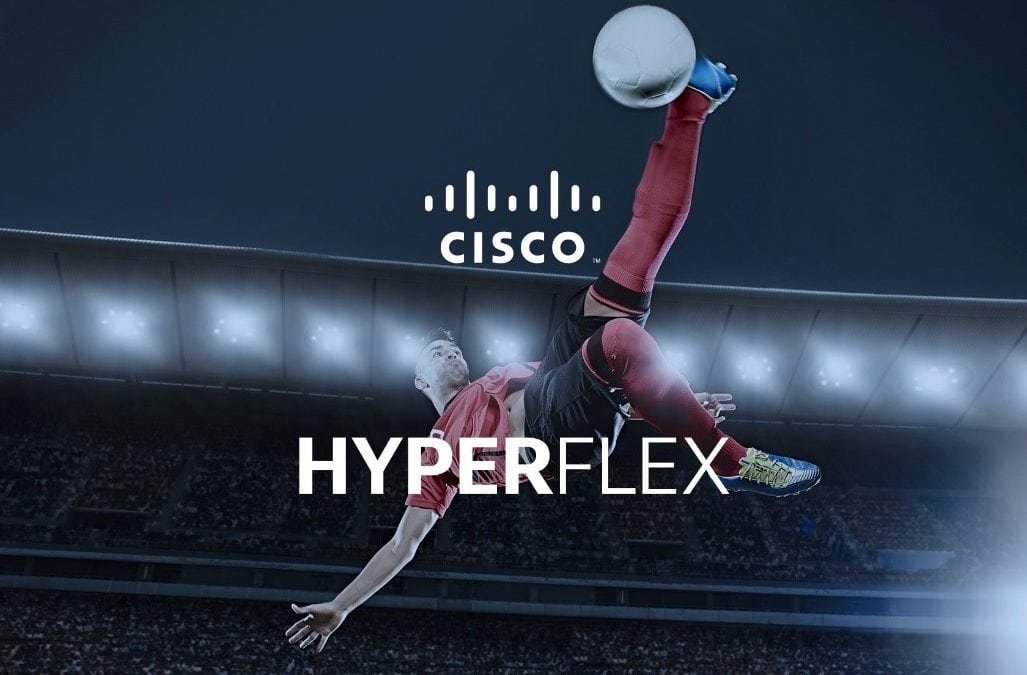Last week Cisco’s HyperFlex 3.0 software was finally released to the public. The General Availability (GA) meant we at WhatMatrix had the green light for publishing all the new and optimized features that come with this major release.
So what exactly does the third generation of the HyperFlex platform bring to bear? In a nutshell this is what it boils down to:
- – Support for a second hypervisor: Microsoft Hyper-V 2016
- – Native snapshot integration with Microsoft Checkpoints
- – Hyper-V integrated native clone creation
- – Support for SMB3 Offloaded Data Transfers (ODX)
- – Tight integration with the Cisco Container Platform (CCP) which is also quite new-
- – Support for high-capacity 3.5” magnetic drives (6TB and 8TB)
- – Improved scalability that is uniform across models (32 storage nodes in a single cluster)
- – Support for NVMe flash drives delivering ultra-fast cache storage
- – Improved availability by introducing Logical Availability Zones (LAZs)
- – Stretched cluster support for VMware vSphere-based HyperFlex clusters (max 16 nodes)
- – Centralized management of multi-cluster HyperFlex environments by Cisco Intersight (SaaS)
- – Proactive identification of potential issues by Cisco Intersight’s recommendation engine
One innovation that we especially like is the container ecosystem that Cisco cared to integrate with its HCI-platform
The new software release effectively closes a lot of gaps that existed before. For one it’s refreshing to see another platform taking hypervisor support a step further than just VMware vSphere. Also the introduction of stretched clustering as well as improved platform scalability and performance are great steps forward in fulfilling the growing needs of many IT organizations.
One innovation that we especially like is the container ecosystem that Cisco cared to integrate with its HCI-platform. In that respect Cisco is ahead of many of its SDS/HCI peers. Cisco Container Platform (CCP) was designed to deliver an express route to end-user organizations for adoption of Docker containers and Kubernetes orchestration up to the storage level. The deployment of CCP on Cisco HyperFlex is pretty straightforward. Once deployed the Cisco HX FlexVolume Driver provides persistent storage for containers running in the Cisco Container Platform (CCP) environment. The driver communicates with an API of the HX Virtual Storage Controller and provides storage request details through use of a YAML file. Storage is presented to containers by HyperFlex through in-guest iSCSI connections, which effectively means that the hypervisor layer is bypassed.
As the Cisco HyperFlex platform continues to evolve, the install base continues to expand. Reports from March 2018 state that the customer base has reached the 2.400 mark and is still going up. Want to know more about Cisco HyperFlex platform specifics? Then please hop over to our SDS/HCI category comparison page right now, as Cisco HyperFlex has just been refreshed in our detailed listing.
Herman Rutten – WhatMatrix Category Consultant [SDS & HCI]
For updates follow us on twitter: @What_Matrix






